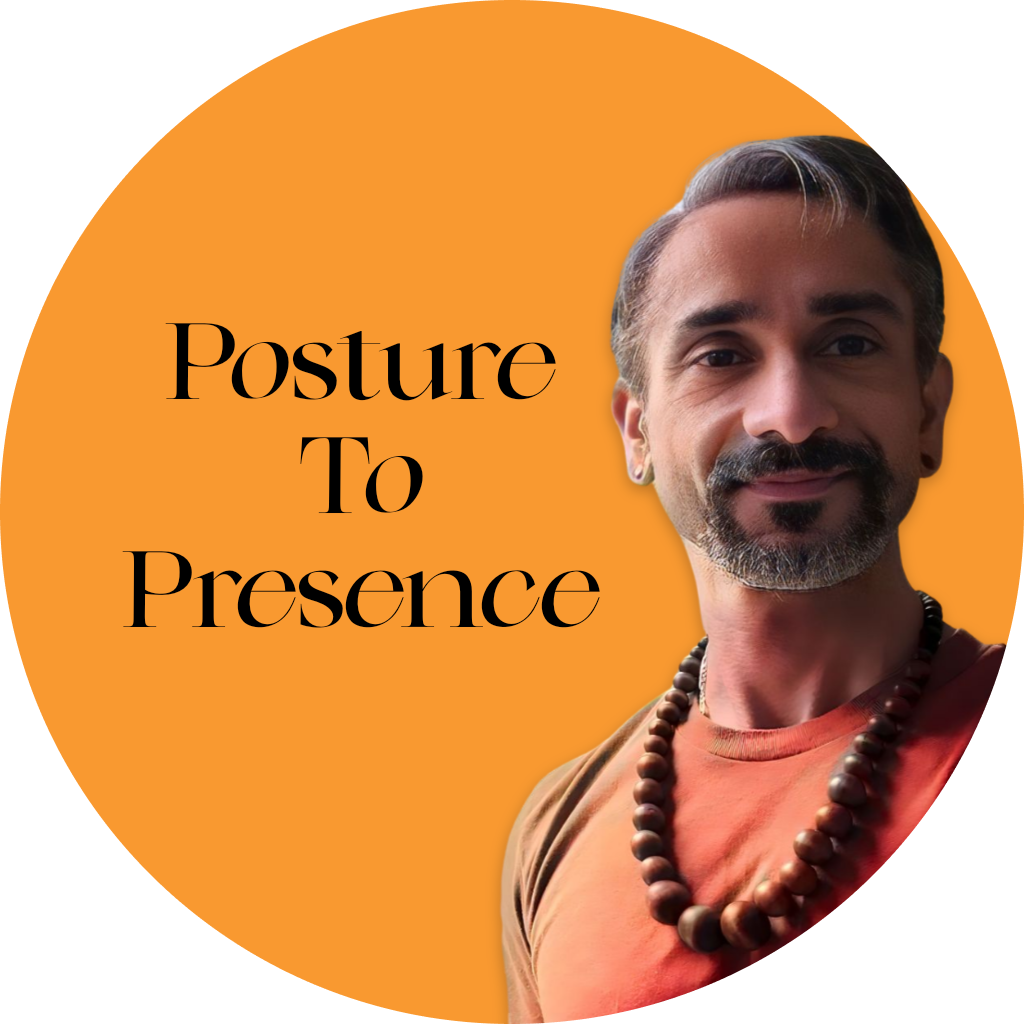WE ARE MOVEMENT
- Dean Singh
- Jul 27, 2020
- 4 min read
Updated: Aug 2, 2020
Walking is one of the most primitive forms of human movement. It’s a skill that most of master before the age of one or two. We are born to walk—it’s in our DNA. Yet for many of us, this simple action has become too difficult to do on a daily basis without the assistance of pain killers, expensive insoles, and other aids. Why? Because we have forgotten how to move.
The second we are born we begin our lifelong process of discovery—absorbing our surroundings with our eyes, smelling the scents of our world with our nose, tasting the different foods mother nature has to offer with our mouths, and finally, moving through our world with our entire bodies.
I still remember the look on my daughter’s face when she took her first step. I’ve never seen an expression of such pure joy! You could see how proud of herself she was in one look. And why wouldn’t she be? For an entire year she spent hours a day learning the intricacies of movement and muscle control. Now my younger son is going through the same process and I’m just as marveled by the refined purity of his movement patterns.
It’s hard to believe that many years ago you and I were embarking on the same journey, isn’t it? No stiff joints, no aches and pains, just limitless potential to explore our body’s capacity for movement…and then something happened. What was easy as children became even more challenging than it was when we were learning and struggling to take our first steps. I’ve seen this phenomenon in many people—personal training clients, friends, family, even myself in earlier years—and eventually I had to find an answer to a troubling question.
Why is adulthood accompanied with the degradation of movement, and perhaps more importantly, does it have to be that way? The most compelling answer I’ve found for the first half of my question simple. Humans can’t move because they don’t move.
Modern humans have accomplished a lot. We’ve built incredible cities, made remarkable technological advances, walked on the moon, and developed methods of automation for almost every human task you can think of. Yet throughout these processes of creation and advancement we’ve lost touch with the best creation in our world. The human body.
Think about it. We live in a society where everything we need to survive is available with the click of a button. It’s possible to get your three meals a day without ever leaving your couch or office chair if you don’t want to.
Primal men and women used to hunt and forage, walk miles every day carrying heavy objects, build shelters, and fueled their bodies with pure food. Modern men and women order takeout lunches on food delivery apps, order Ubers to get from point A to point B, and cope with daily stresses using vices like alcohol and over-caffeinated beverages…yet we wonder why we’re in pain when we walk.
“But what choice do I have?”, you might ask. “I need to make a living and if I want to do that, I need to be sitting at my desk for most of the day.” After all, not all of our bosses are generous to splurge on standing desks for their staff.
Luckily, I’m here to tell you that sitting is not the problem. At least, not the only problem. It’s true that when we sit for 8-16 hours a day our bodies will adapt and develop a folded or flexed posture. This type of posture affects our active movement negatively since walking, running, and jumping all require extension and elasticity.
With that said, it’s more vital than ever that we make the most of the hours or minutes we have available to move. By doing so, we can offset the impact of our time spent sedentary. This doesn’t mean hitting the gym and putting your already stressed body through three hours of grueling exercise. It means incorporating regular and frequent spurts of movement throughout your day.
Be a kid! Shut your office door and take a break to jump up and down or crawl on the floor. If your schedule allows it, pick up a form of martial art or visit the yoga studio down the street (remember, an hour-long class is only 4% of your whole day)! Do whatever it takes to find that lost connection with your body because it’s the only one you have and you rely on it to combat every challenge and stress of everyday life. After a long day at work or a mentally trying conflict at home, the only thing that you can guarantee will stay with you through thick and thin is your body. So give it what it needs.
It doesn't matter where you are or what you look like. Simply move the way that feels right to you. Fear of judgment or social acceptance should never be a factor when it comes to taking care of your body.
Remember: movement is a privilege granted to us from birth but not a right that we’re promised for the duration of our lives. If we don’t exercise our privilege, we lose it. Bring intention to your steps. Bring awareness to your body. Bring happiness to your life. Move to feel better both inside and outside. Move because you can.








Comments